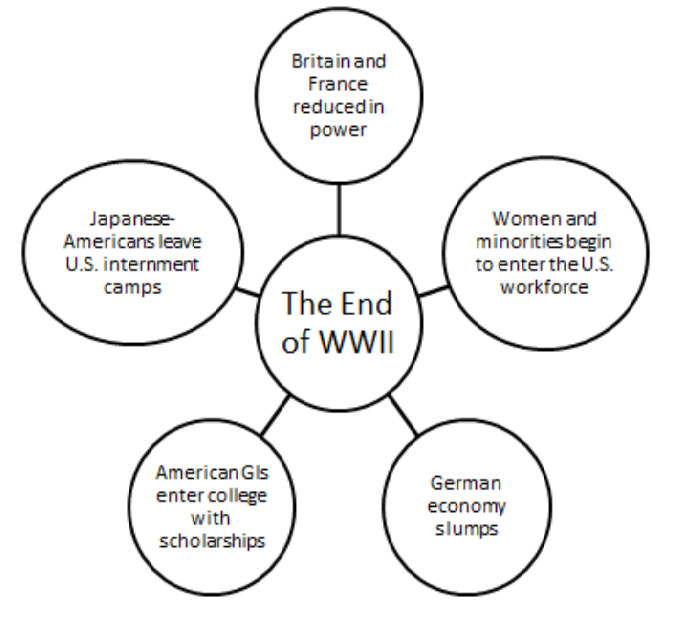 username@email.com
username@email.com
History as a discipline can sometimes seem complex to navigate. Certain skills and tactics must be employed to better understand the messages of history. Below are explanations of some of the lenses used to interpret the events, people, and places of the past.
In prior sections, we reviewed some basic geography and looked at some of the characteristics of different regions around the globe. We also touched on how humans interact with their environment and how this interaction has shaped not only the environment but also human history.
Studying history is an exercise in related acts. Knowing facts and dates is important, but the most comprehensive study of history comes when the student is able to view it as a continuum, a web of interconnected events that look different at every angle.
Putting chronological information into a time line helps visualize events. The era of the Crusades was a complex period of religious, political, and military conflicts. Organizing such a time period into a format that allows for more interaction allows students at any level to take a look at an isolated time period in a new way.

Interpreting even a simple graph in the context of history, geography, civics, or economics requires that we look at the bias of its creator. A company wishing to ease the fears of its investors might provide graphs showing long-term profit, leaving out an early period of decline. In the same way, a timeline or graph of a historical event can be presented and read in different ways.
The study of history is inexorably linked to the present, and when studying and reading the information written by previous historians, you must realize that elements of personal bias and philosophical assumptions will always come into play. These biases and assumptions have been a factor in every history book you have ever read, and they came into play within this text. Reading history in the context of history becomes quickly complex; that’s why it’s important to know your sources. It’s important to be able to identify sources as primary or secondary sources.
| Medium | Primary Source | Secondary Source |
|---|---|---|
| Written Documents | Incidents in the Life of a Slave Girl by Harriet Jacobs (Autobiography) | Harriet Jacobs: A Life by Jean Fagan Yellin (Biography) |
| Art | A photograph of an event (example: “Dewey Defeats Truman” photograph) | Sketches, impressionism |
| Artifacts | An artifact; an actual item from the time period | Photographs or copies of the artifact, anthropological speculation on artifact’s history |
While primary sources lack the bias of interpretation, secondary sources are essential. Interpreting secondary sources requires an analytical mind, a nose for bias, and a good glossary. It is essential to know history, geography, civics, and economics terms.
Studying causes and effects of major world events helps students understand history as a continuum. Another way to put the concept of continuous history into practice is to compare historical events, of any time, to current events around the world. Realizing the timeless similarities in wartime nations, for example, helps all students understand the importance of what they study.
Tying it all together requires reaching beyond cultural and economic borders. The end of World War II, for example, changed the world in ways that stretched beyond American economic prosperity.
